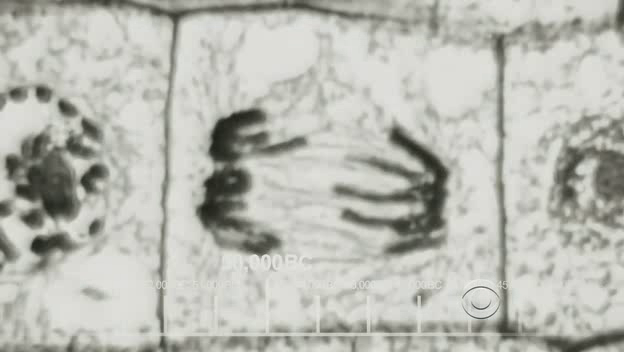Life for me lately is a constant struggle between things that I want to do and things that I have to do - then again, this has been the truth for much of my life. The current thing that I have to do is edit my thesis proposal. Some of you may remember that I had a plan to write my thesis proposal over the last two months, and then I would use these last two months of the year to finish some actual pre-thesis work and edit the proposal down to size. I didn’t have a problem writing the thing - the work went quickly and spreading it out over two months was definitely the way to go. However, now I have a 18,000 word thesis proposal breathing down my neck, waiting for me to do more research on it and edit it down to a more reasonable 12,000 to 15,000 words. I also need to come up with a good schedule which is reasonable and doable. I get the feeling that I am going to have to tone down my actual thesis work as it would probably take me more than a year to complete what is actually proposed in the thesis. I also feel like I will be at school doing lots of work over the next couple of months getting it edited to just the right amount - I feel like editing is a job which is never done, and I could actually work on getting it just right for a long time.
November, while also being NaNoWriMo, is NaBloWriMo, which is focused on people writing in their blogs. I like this idea because it’s much more casual and easier to do. Writing my thesis has shown me that it’s pretty easy to write 500 words a day, and I feel like that’s about the perfect size for a blog post, so I will probably try to keep each post around 500 words, without pastes and pictures and the like. So look to see a bunch more posts from me - I already need to catch up, I’m 4 posts behind. Diana is also doing the NaBloWriMo, but she is actually doing it on both of her blogs: Magickal Realism, the one for her business, and Fat Chic, her fashion blog. I hope she can get her posts written, and it works out okay.
In the past I have tried to post once every other day, and that didn’t work out very well, even though I had a bunch of ideas which were floating around waiting for a blog post. After a while I figured that I just only had a certain amount of writing in me per day, so while I was trying to power out my 500 words a day for the thesis, I couldn’t really blog. It was a pretty bad excuse, but it worked for me because honestly the blog is less important than the thesis. It might happen again, especially if I am spending a lot of time honing the thesis down to the bare minimum. That would be okay though, it’ll just be the norm for a NaNoWriMo attempt - a strong start and then not much useful at the end, and at least I’d be working hard on things that are important.




 Anyone notice a scalability problem? Would it help to point out that every single client is connected to the “main” server, and absolutely everything that doesn’t involve logging in or gameplay is done through that server? This includes trading, chatting, and just navigating to other games. Apparently the previous company who created this server structure didn’t think it would grow too large, or they were using it as some type of insurance. Because of this horribleness, the servers crash a lot - sometimes close to daily. The developers at Wizards of the Coast have been working on stability lately and the uptimes have improved. Still, lag is horrendous when using the main server – at least it doesn’t affect games. I’m glad that they’re replacing this bad server design with something that is better. I’ve been playing in the beta the last few weeks, and the new servers held up to a stress test with a large number of actual users – around 700-800, depending on who you ask – and a bunch of bots which were simulating a much larger load than a normal user. There wasn’t even a blip on my radar. It gives me some hope for the future of the game.
Anyone notice a scalability problem? Would it help to point out that every single client is connected to the “main” server, and absolutely everything that doesn’t involve logging in or gameplay is done through that server? This includes trading, chatting, and just navigating to other games. Apparently the previous company who created this server structure didn’t think it would grow too large, or they were using it as some type of insurance. Because of this horribleness, the servers crash a lot - sometimes close to daily. The developers at Wizards of the Coast have been working on stability lately and the uptimes have improved. Still, lag is horrendous when using the main server – at least it doesn’t affect games. I’m glad that they’re replacing this bad server design with something that is better. I’ve been playing in the beta the last few weeks, and the new servers held up to a stress test with a large number of actual users – around 700-800, depending on who you ask – and a bunch of bots which were simulating a much larger load than a normal user. There wasn’t even a blip on my radar. It gives me some hope for the future of the game.